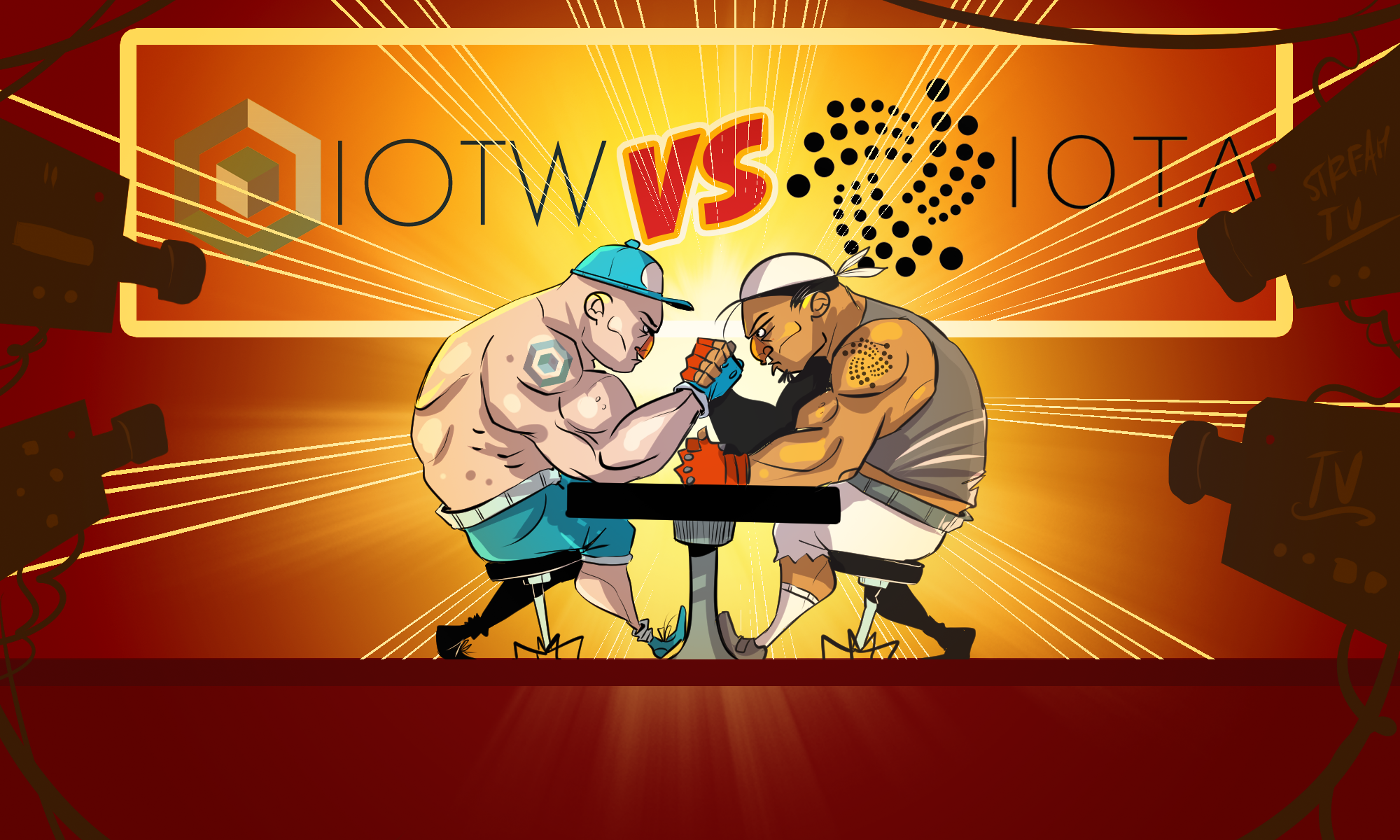IOTA vs IOTW: Which is the Best IoT Solution?
The Internet of Things (IoT) is a revolutionary concept that describes the growing population of internet-connectible devices alongside their capacity to communicate with one another and provide value. Blockchain has emerged as a likely infrastructure for IoT, with its decentralized network nearly perfect for allowing a disparate web of devices to reliably interact, but it’s also a battleground where companies skirmish.
IOTA is a well-known project, while IOTW is newer and unfunded, yet they pose an interesting contrast to one another. They both seek to answer the question of how to best integrate a massive sea of IoT-compatible devices, thus propelling the idea of blockchain and its benefits into the mainstream. Each, answers this question differently, and while it might be misleading to try to label one as “best”, it certainly is possible to analyze them next to one another.
IOTA
| Strengths | Weaknesses |
| - IOTA gets faster with a larger network - Tangle is a fee-free way to transact data between IoT devices - 1-second transactions - Run by IOTA Foundation with impressive partners | - Undefined niche, trying to be the de facto platform for all IoT - No plug-and-play capability requires changes at the hardware level - Electricity a relevant overhead |
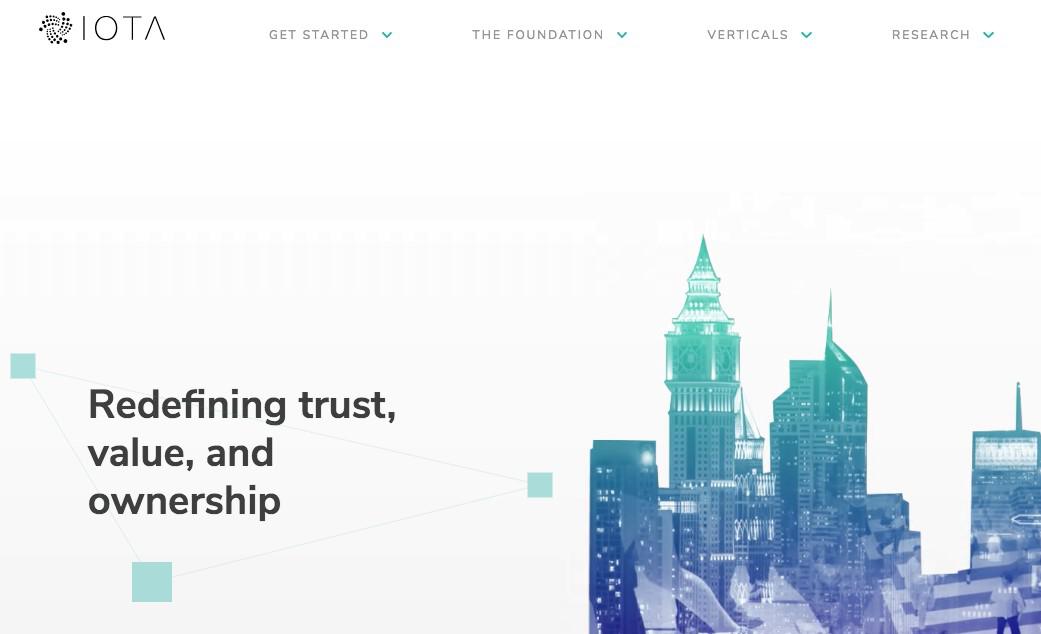
What is IOTA’s Purpose?
The purpose of IOTA is to establish a standard ledger for all IoT devices to eventually join, allowing them to communicate and transact valuable data with one another reliably, without a centralized authoritative structure. This would create the possibility of a data marketplace hosted on IOTA, whereby device owners could sell data to buyers and open a channel to companies interested in paying for user data.
How Does IOTA Achieve This?
The consensus mechanism that IOTA uses is called Tangle, and instead of being built on a blockchain, it uses an architecture called Directed Acyclic Graph (DAG). While blockchain can be slow to operate under certain circumstances, a DAG can achieve a transaction speed of 1 second.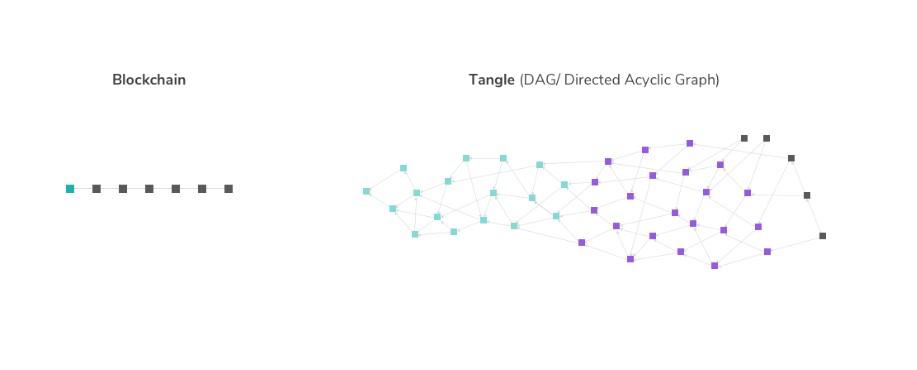
Does IOTA Have Fees?
IOTA has no fees because a prerequisite of nodes (IoT devices) that join the Tangle and want to send a transaction of data, is that they must first process two other transactions that exist in the network. This is a very inexpensive proposition for the device and serves to authenticate it and also help each device remain net positive in the amount of productivity it provides.
The IOTA ICO
During the IOTA initial coin offering, the company raised around $500,000, which is a relatively conservative amount for most projects of its ambition. This could be construed as a sign of financial responsibility and has the bonus of being a PR shield against the inevitable trolls who accuse every project of being a money grab. This is certainly not the case with IOTA, which is led by the IOTA Foundation—a governing body (non-profit) which helps inform and gather new public and private partners to its platform. A lower cap on the coin offering also served to cap the price of IOTA’s tokens, with IOTA reaching a maximum of around $5.20 in December 2017, and currently trading at a price of $0.50.
The IOTA Team and Accomplishments
Set up as a German non-profit, the IOTA Foundation has a complicated internal authority structure that includes a board of directors, supervisory board, head of departments, core team, and peripheral advisors. David Sønstebø and Dominik Schiener are Co-Chairmen of the Board of Directors and Co-Founders, who have led their team to partnerships with big firms like Bosch and Volkswagen.
IOTW
| Strengths | Weaknesses |
| - Micro-mining IOTW instantly incentivizes device owners - Instant transactions - No hardware changes required: plug-and-play - No fees - Miners paid more as the network grows and sample size increases - Low power consumption, very scalable | - Electricity still relevant overhead - Data from miners collected by IOTW |
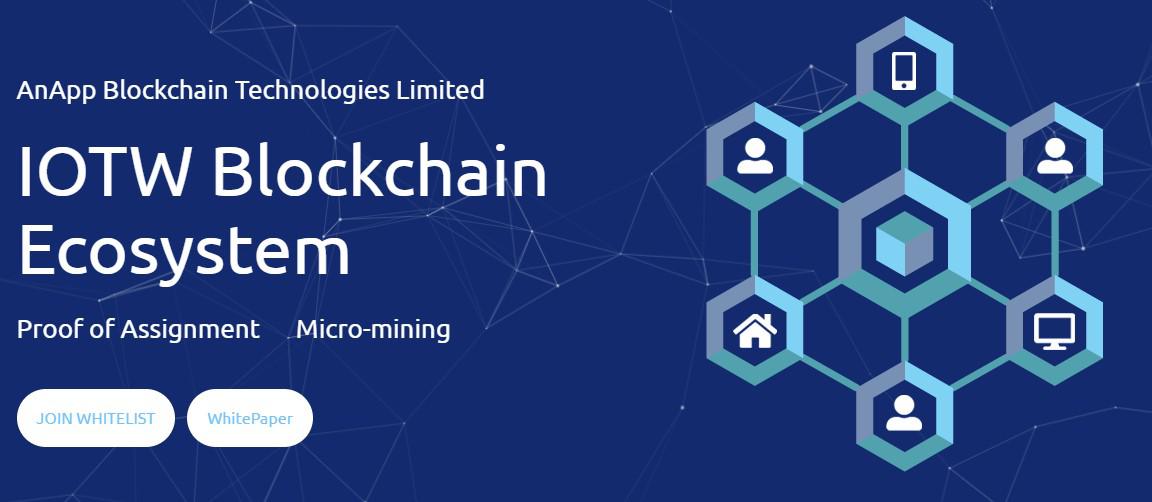
What is IOTW’s Purpose?
IOTW’s purpose is to create an IoT network between all IoT devices and appliances—no matter how small—with a focus on a suitably lightweight mining model that incentivizes greater data sharing and accessibility. This would also grab the interest of larger private and public partners due to its effortless integration with consumer-level connected products, and IOTWs easy access to the network’s data. It can be useful as a channel to consumers but also for manufacturers, which can train devices to automatically request repairs, specific spare parts, and more.
How Does IOTW Achieve This?
IOTW employs a new proprietary consensus mechanism called Proof of Assignment (PoA) to make transactions of data between devices instant and free. It accomplishes this by splitting its blockchain into several layers, reducing transaction weight on end nodes, which might be as small as a basic phone or even an electronic kettle. Devices using PoA don’t see a significantly larger power usage, and can connect to IOTW as they are, without a hardware upgrade. The end result is a network of easily connected devices that are all “micro-mining” IOTW coins, which are paid directly to the device owners.
Does IOTW Have Fees?
IOTW is essentially the opposite of fees. Instead of manufacturers and big data gatherers simply taking your data from you, you can connect your eligible devices to IOTW and have them pay for it. In place of waiting for corporate partners to interact with a specific group of users on IOTW, however, all miners are paid in IOTW tokens for their data, and IOTW handles the data relevancy side. IOTW tokens are redeemable at network service providers, partners, and device makers for goods and more, but also are intended for exchanges.
The IOTW ICO
IOTW has not launched an initial coin offering yet. This puts it at a disadvantage against IOTA, which raised $500,000 worth of capital during the crowdfunding to allocate towards its project and number of multinational partners. However, IOTW is planning to fundraise to pursue its unique vision for IoT connectivity. The ICO will begin on September 29th, 2018 and it has a hard cap of 65,000ETH and an initial exchange value of 1ETH for 5,000IOTW.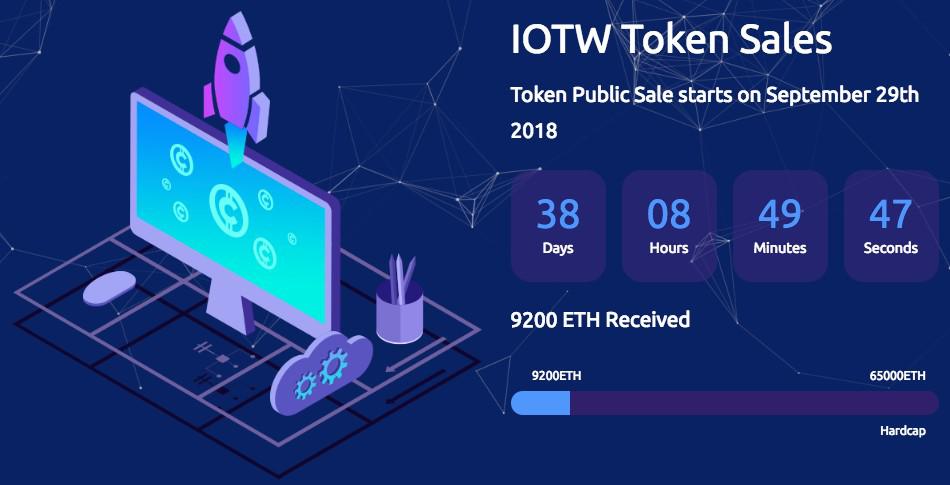
The IOTW Team and Accomplishments
The team behind IOTW features an experienced mix of executives from the blockchain industry and other areas like semiconductors, chip design, software development and fintech. Founded by Fred Leung, Peter Chan, and other influencers, the IOTW team is characterized by an impressive lineup of human capital who have managed to snag some key investors and partnerships such as Krypton Capital, Consta Mobile, and others.
Overview
It’s not difficult to compare and contrast IOTW with IOTA, despite their many differences. Though they both take winding paths toward a similar goal, there are already indications that IOTW may give IOTA a run for its money. IOTA, despite some impressive partnerships, is largely an infrastructural platform designed to support markets that corporate entities build for themselves. There is a real demand for platforms like IOTA, but in terms of mainstream appeal, it’s unlikely to make a noticeable splash.
IOTW offers a more eye-level, focused, accessible, and incentivized take on what IOTA started. With an emphasis on retail-level appliances that many people already own, instant integration for existing devices with the network, and immediately incentivized data-sharing, IOTA may sit on the wayside while consumers race to connect their smart toasters, TVs, and fridges to start earning IOTW tokens. This type of idea has a good deal of self-motivated momentum behind it and could snowball if it catches on.
Though IOTW succeeds at incorporating blockchain where IOTA doesn’t, both offer an enticing and logical solution to the problem facing a struggling IoT sector. IOTA’s Tangle model is appropriate for its ambition, but some have called it centralized due to its non-distributed nature. If that’s the price to pay for IOTA’s success, however, then it may well be worthwhile. IOTW remains a fledgling participant, yet unfunded, in an industry where everyone wants to be a part of the momentum. It needs to gain traction, but it has the right formula, and it wouldn’t surprise many who have read the white paper to see IOTW gaining ground on IOTA in no time at all.

